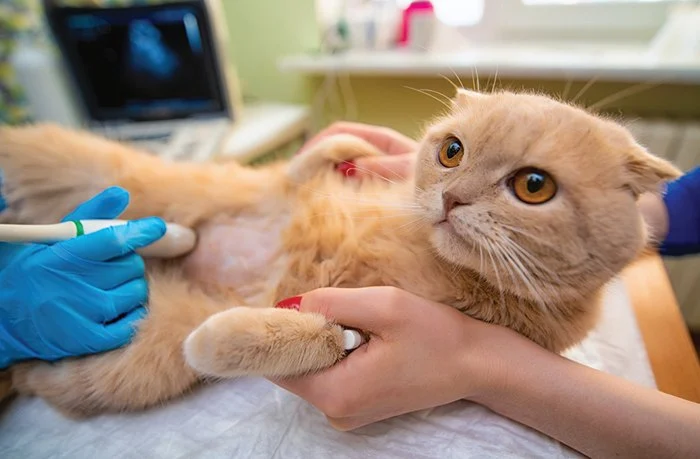
Why Does My Kitten Have a Lump on Their Belly? Understanding the Causes and Solutions
- - Common Causes of Belly Lumps in Kittens
- - Identifying the Type of Lump on Your Kitten
- - When to Seek Veterinary Care
- - How to Care for Your Kitten During Recovery
- - Preventive Measures for Your Kitten’s Health
1. Common Causes of Belly Lumps in Kittens
If you've noticed a lump on your kitten's belly, it can be a cause for concern. However, not all lumps are dangerous. Some are simply benign and may resolve on their own. It's important to understand the different causes of lumps and what they mean for your kitten's health. Here are some of the most common reasons why a kitten might develop a lump on their belly:

Hopkinton Animal Hospital
HopkintonMerrimack CountyNew Hampshire
1325 Hopkinton Rd, Hopkinton, NH 03229, USA
1.1 Abscesses from Scratches or Bites
One common cause of lumps in kittens is abscesses. Kittens are naturally curious and may get into fights with other animals or even scratch themselves. These injuries can lead to an infection, resulting in a swollen, pus-filled lump. Abscesses are often painful, and the lump may feel warm to the touch. It’s important to have any abscess evaluated by a vet to prevent it from getting worse.
1.2 Fatty Tumors
In some cases, the lump may be a fatty tumor, also known as a lipoma. These are generally harmless, soft lumps that form under the skin. While they are not usually a cause for concern, it’s always wise to get them checked by a veterinarian to rule out other potential issues.
1.3 Hernias
A hernia occurs when an internal organ or tissue pushes through a weak spot in the abdominal muscles. Kittens are sometimes born with hernias, and they may appear as a lump on the belly. While hernias can often be repaired with surgery, it’s important to consult a vet to assess the situation and determine the best course of action.
1.4 Swollen Lymph Nodes
Swollen lymph nodes are another possible cause of lumps. Lymph nodes are part of the immune system, and they can swell in response to infections or illnesses. If the lump is located near the kitten’s neck or under the jaw, it could be an enlarged lymph node. A vet can perform tests to determine if there’s an underlying infection or illness causing the swelling.
1.5 Cysts or Tumors
While less common, cysts or tumors can form under the skin and present as lumps. Tumors may be either benign or malignant, so it’s essential to have them evaluated by a veterinarian. If a tumor is diagnosed, the vet will recommend the appropriate treatment options based on its size, location, and type.
2. Identifying the Type of Lump on Your Kitten
To determine what kind of lump your kitten has, it’s essential to carefully observe its characteristics. Here are some important factors to consider:
2.1 Size and Shape
Is the lump small or large? Is it soft or hard to the touch? The size and shape of the lump can provide important clues. Soft lumps, like fatty tumors, are usually not dangerous, while hard lumps could suggest something more serious, such as a tumor or abscess.
2.2 Movement and Consistency
Does the lump move when you gently press on it? Lumps that move might be less concerning, such as a cyst or a benign fatty tumor. Lumps that are fixed and don’t shift may need closer examination by a veterinarian.
2.3 Pain or Tenderness
If your kitten seems to be in pain when you touch the lump, it could indicate an infection, abscess, or injury. Painful lumps often require veterinary attention to prevent further complications.
3. When to Seek Veterinary Care
If you notice any lump on your kitten’s belly, it’s crucial to consult a veterinarian for an accurate diagnosis. Even if the lump appears harmless, it’s always best to err on the side of caution. Here are some signs that it’s time to seek veterinary care:
- If the lump is growing or changing in size
- If the lump is painful or tender
- If the kitten is showing signs of discomfort, such as lethargy, loss of appetite, or fever
- If the lump is firm and doesn’t move
- If there is any discharge from the lump
A veterinarian will perform a physical examination and may recommend additional tests, such as blood work or an ultrasound, to determine the cause of the lump and recommend the best course of action.
4. How to Care for Your Kitten During Recovery
If your kitten’s lump requires medical treatment or surgery, follow your vet’s instructions carefully to ensure a smooth recovery. Some general tips for post-treatment care include:
4.1 Providing Comfort
After surgery or treatment, your kitten may need a quiet and comfortable space to rest. Keep them in a calm environment and limit their activity until they fully recover.
4.2 Monitoring for Complications
Keep an eye on the treated area for any signs of infection or complications. If you notice increased redness, swelling, or discharge, contact your veterinarian for guidance.
4.3 Follow-Up Appointments
Make sure to attend any follow-up appointments scheduled by your vet. These appointments will allow your vet to monitor your kitten’s progress and ensure that they are healing properly.
5. Preventive Measures for Your Kitten’s Health
While some lumps may be unavoidable, there are steps you can take to keep your kitten healthy and reduce the risk of developing health issues:
5.1 Regular Vet Checkups
Routine checkups with your veterinarian can help catch potential health problems early, including lumps or growths. Make sure your kitten has regular wellness exams to monitor their health.
5.2 Preventing Injuries
As kittens are naturally curious, they may get into accidents that lead to bumps or bruises. Be cautious about their environment and supervise their interactions with other pets or animals to prevent injuries.
5.3 Proper Nutrition
Feeding your kitten a well-balanced, nutrient-rich diet is essential for their overall health. A strong immune system can help prevent infections that may lead to lumps or abscesses.
Conclusion
While a lump on your kitten’s belly may cause concern, many lumps are harmless and can be treated with simple medical care. If you ever notice a lump, it’s important to observe your kitten closely, check for signs of discomfort, and consult a veterinarian to ensure your kitten’s health and well-being. For expert advice and quality care, visit Omnia Pet for the best pet products and services available!
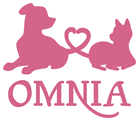


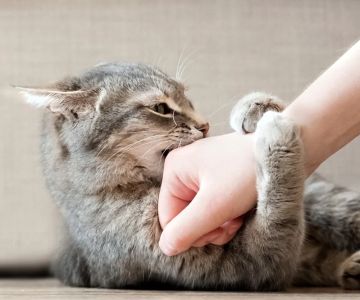
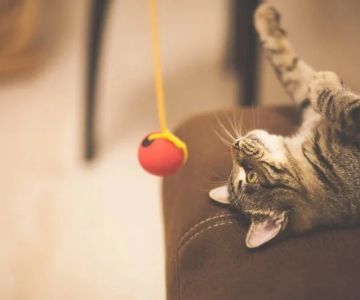
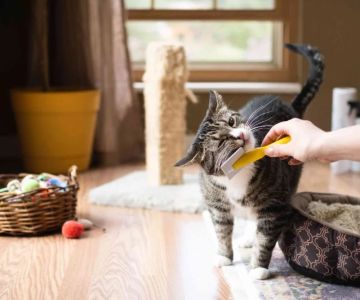

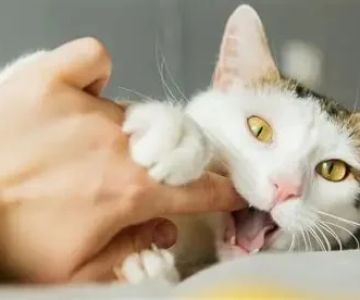
 Hollywood Feed4.0 (184 reviews)
Hollywood Feed4.0 (184 reviews) Brew Biscuits5.0 (2 reviews)
Brew Biscuits5.0 (2 reviews) All Friends Animal Hospital4.0 (446 reviews)
All Friends Animal Hospital4.0 (446 reviews) Kittylandkittens LLC0.0 (0 reviews)
Kittylandkittens LLC0.0 (0 reviews) Village Animal Clinic4.0 (212 reviews)
Village Animal Clinic4.0 (212 reviews) Rift Lake Aquatics4.0 (165 reviews)
Rift Lake Aquatics4.0 (165 reviews) Understanding Pet Insurance: What Does It Actually Cover?
Understanding Pet Insurance: What Does It Actually Cover?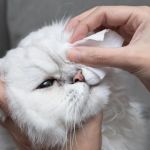 How to Keep Your Kitten's Eyes Clean and Free of Discharge
How to Keep Your Kitten's Eyes Clean and Free of Discharge The Truth About Heartworm Disease: Prevention is Cheaper Than Cure
The Truth About Heartworm Disease: Prevention is Cheaper Than Cure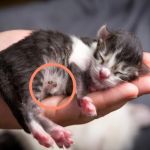 Why Is My Kitten's Belly Button Showing? | Omnia Pet
Why Is My Kitten's Belly Button Showing? | Omnia Pet Why Does My Cat Bite Me Gently? Love Bites Explained
Why Does My Cat Bite Me Gently? Love Bites Explained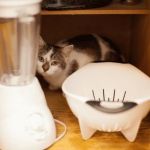 How to Stop Your Kitten from Getting into Cabinets
How to Stop Your Kitten from Getting into Cabinets